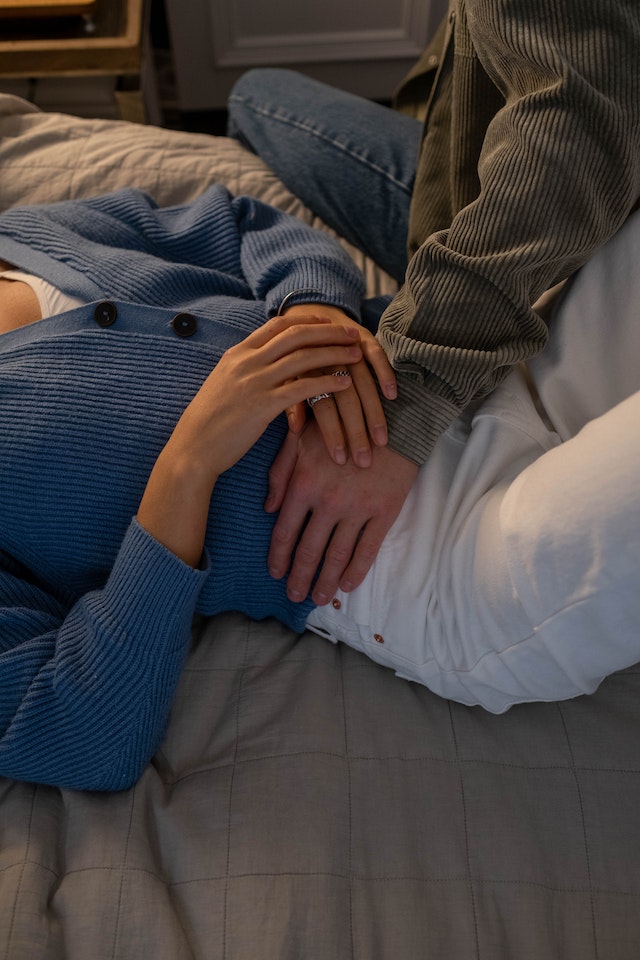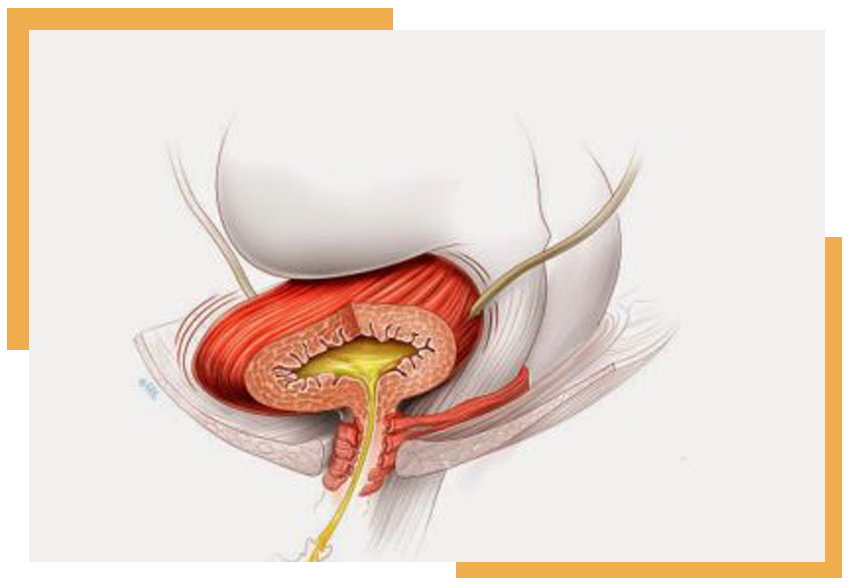Physical Therapy for Bladder Dysfunction

Bladder Dysfunction

Types of Urinary Continence
Stress Incontinence
Functional Incontinence
Weak Muscles
Urge Incontinence
Urge Incontinence
Schedule an appointment today
How Physical Therapy Helps Bladder Dysfunction
Patient Education
First, bladder physical therapy can start with patient education. This actively engages the patient allowing them to participate in the treatment fully. Providing basic information to the patient about their condition allows them to adopt new habits to help manage the condition easily.
Education entails explaining in detail the bladder and pelvic floor anatomy. The patients learn how these organs function and what causes urinary incontinence. During this process, patients understand the role they play in the problem and treatment. The physiotherapist also explains the treatment options and process. With this information, patients can reinforce their ability to changing their habits and learn new skills allowing them to be engaged in the treatment process.
Biofeedback
Apart from using physical therapy exercises for overactive bladder, you can go through biofeedback to address the condition. This is a technique that involves learning to control bodily functions. During therapy, you learn bladder-sphincter biofeedback methods. You also combine this with pelvic floor exercises.
Pelvic floor physiotherapy may also entail the gentle use of electrodes that measure your pelvic muscle floor activity. The physiotherapist will record rectal sphincter, electrical activity, bladder, and abdominal pressures and displays the same to you. As you watch this feedback, you learn to contract your pelvic floor and relax your bladder and belly muscles.
Electrical Stimulation
Bladder Training
Bladder Training Activities:
- Schedule times for urinating: Once you determine the number of times you visit the bathroom, you can add 15 minutes to the time. If you go to the bathroom every other hour, you can now increase that frequency by 15 minutes. Ensure you use the bathroom each scheduled visit, even when you have no urge to go. As you do so, the time between bathroom breaks will also increase.
- Delay urination urge: This is another technique you can use. Whenever you have the urge to urinate, hold it for about 5 minutes. Gradually, increase that duration until you can stay for hours without going to the bathroom. Whenever you feel a strong urge to relieve yourself, distract yourself by counting back from 100 or practice relaxation techniques such as deep breathing.
- Kegel Exercises: The exercises entail squeezing the sphincter muscles, which helps improve strength and reduce urinary incontinence. They strengthen the muscles for starting and stopping urine flow. When you combine these exercises with other bladder retraining techniques, you can succeed in treating incontinence. To do these exercises, squeeze the muscles used to stop urine flow and hold for 5 seconds. Relax for 5 seconds and gradually increase the duration to 10 seconds. Each day, do a set of three for 10 seconds contractions.
Exercises
- Deep belly breathing
- Kegels
- Pelvic tilt plus pelvic floor
- Ball Squeeze
- Band Pull
- Bridge plus pelvic floor
OneRehab | Richardson
1761 International Pkwy Suite 135, Richardson, TX 75081, United States
OneRehab | Dallas
6080 N Central Expy #125 Dallas, TX 75206
Email Us
info@onerehab.com
Call Us
972 845 7875
Working Hours
M - F 7:00 AM – 7:00 PM
Sat 8:00 AM – 2:00 PM



